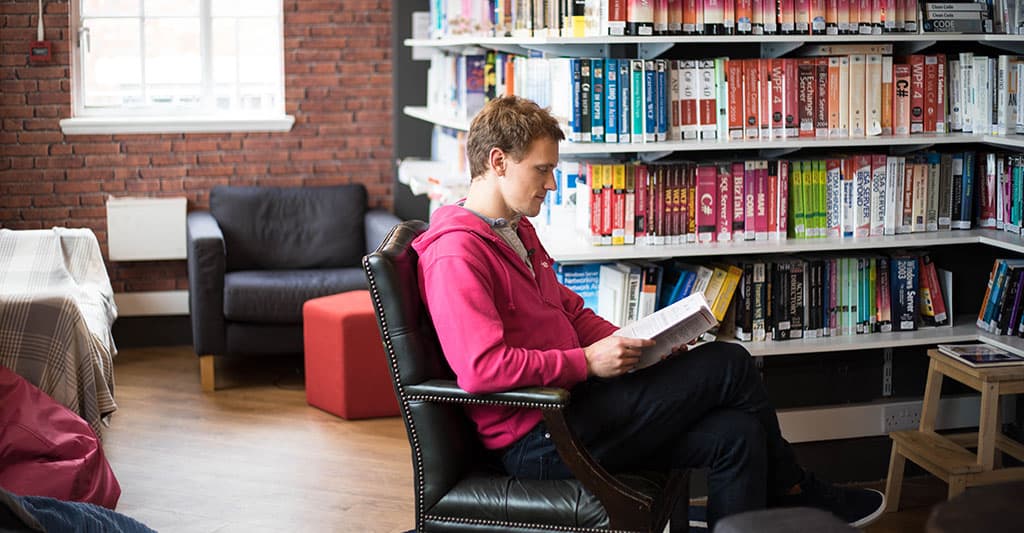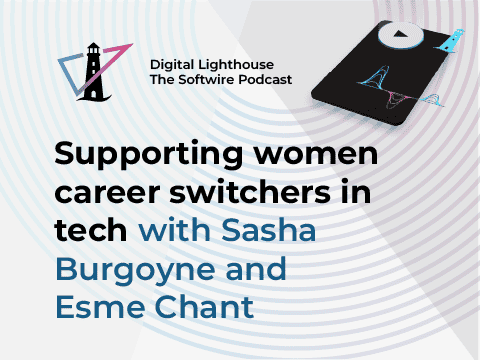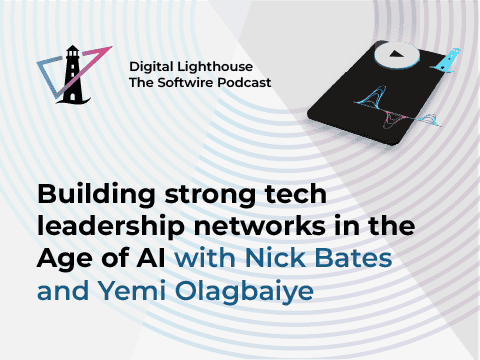
Drawing on her experience of running a company consistently ranked as one of the Sunday Times’ top 25 Best Small Companies to work for, Softwire MD Zoe Cunningham continues her exploration of workplace culture. This blog looks at how to create the right working environment.
I recently read Pixar Animation President Ed Catmull’s book, Creativity, Inc., in which he recounts the way Steve Jobs set about redesigning the Pixar offices. According to the book, Jobs went into incredible detail to create an environment that would foster the culture he wanted in the company.
Most business leaders don’t have the luxury of making truly wholesale changes like this, or of designing their working environment from the ground up – the way Apple has been able to do at its new HQ.
But creating the right working environment is incredibly important, and there’s a lot that any business can do to ensure it’s giving its employees a workspace that enables them to perform at their best.
Why the quality of the working environment matters
The working environment has a real impact on people’s mood and motivation: make people work in tatty, gloomy offices, and you’ll almost invariably foster a culture of glumness. This will, in turn, be reflected in the work they do.
Conversely, if you can create somewhere that people enjoy spending their time, feel proud of, and that supports the way you want your business to work, you’ll help your people be happier and more productive.
Getting it right
There’s no one recipe for creating the perfect working environment. The key is to create something that works for your people. Ask what they want when you’re making decisions about the workplace – from the big ones like where the office should be located, to the day-to-day things like whether to have a kettle and tea bags or a vending machine.
Let’s look at some of the things you need to think about.
Choosing the right location
Every location will have its pros and cons: a central London office may be more expensive, but easier for your employees (and customers) to commute to than a cheaper, suburban office park that gets gridlocked at rush-hour, has too little parking and poor transport links. Think about the surroundings as well: will your people feel demotivated or unsafe coming to work if your office is in a run-down part of town?
Do you even need an office? Plenty of businesses run successfully with their people based from home.
The right office interior
Your office interior says a lot about your business, and has a real bearing on the way people work. Thankfully, 1980s-style cubicles have pretty much disappeared, replaced largely by open plan setups. These need to be designed carefully. Think about noise insulation. Think about how you want your people to interact, and create areas that facilitate this: sofas, meeting rooms, flexible spaces and the like.
Do you want people to have their own desks or will everyone hot-desk? I’ve found people generally like having their own space, so we only have a small number of hot desks. That said, we’re a largely office-based business: if you’ve got a lot of field-based employees who are only in the office sporadically, allocating everyone their own desk may not be a good use of space.
Where will your management team sit? In my experience, you create a happier, more inclusive and hence more productive culture by having everyone sitting together, as opposed to senior employees getting their own offices. As a business leader, I find this approach gives me a better understanding of what’s happening right across the company, and it also makes the leadership team more accessible to other employees.
Another option is for everyone to have private offices. I quite like this setup, because it makes it easy for people to strike a balance between collaboration (door open) and having time to focus on something, uninterrupted (door shut). The downside is that it requires a lot more floor space, meaning it can push up costs quite considerably.
On-site facilities
At your main office locations, you may decide to offer on-site facilities such as a restaurant, coffee bar, gym or crèche. Whether these things are feasible will depend on the size of your organisation, where it’s located and what your employees want. But the most important thing when it comes to facilities like these is that you do them well, or don’t do them at all. There’s little value spending money on a sub-standard café: if the food or environment are unappealing, it sends out the wrong message to employees and visitors alike.
Give people the tools they need – and make sure they work
Wherever your employees are based, a key part of their working environment is the tools they work with. In the tech world, it’s incredibly frustrating and demoralising to be constantly wrestling with technology to get anything done.
As well as providing the right tools, make sure you have IT and facilities teams with a flexible, can-do approach to keeping everything working. Computers will go wrong, chairs will break, the heating might fail, but as long as you’re geared to respond quickly, you demonstrate to your employees that you care, which helps keep up morale and productivity.
Working environment for home-based and client-based employees
Home-based workers have pretty-much-complete control over their working environment, so you can generally assume they’ll set things up in a way that works best for them. If you do have employees who primarily work from home though, consider giving each a budget to kit out their environment appropriately.
Lastly, if, like Softwire, you have people based in client offices for extended periods, this can provide an additional challenge, because you have much less control over their working environment. If your people find things aren’t as they’d like, look for easy ways to improve matters: provide them with a kettle and teabags, for example. Raise more major issues with the client’s management. Remember, you’re not just asking on behalf of your employees: your client’s staff will benefit as well.
Keep evolving
There’s a lot to think about when it comes to designing the right environment. But like with anything in business, try things out, keep what’s successful and remove or improve what isn’t. This flexible and continually evolving approach will ensure you create the right workplace environment that helps your people do amazing things.


